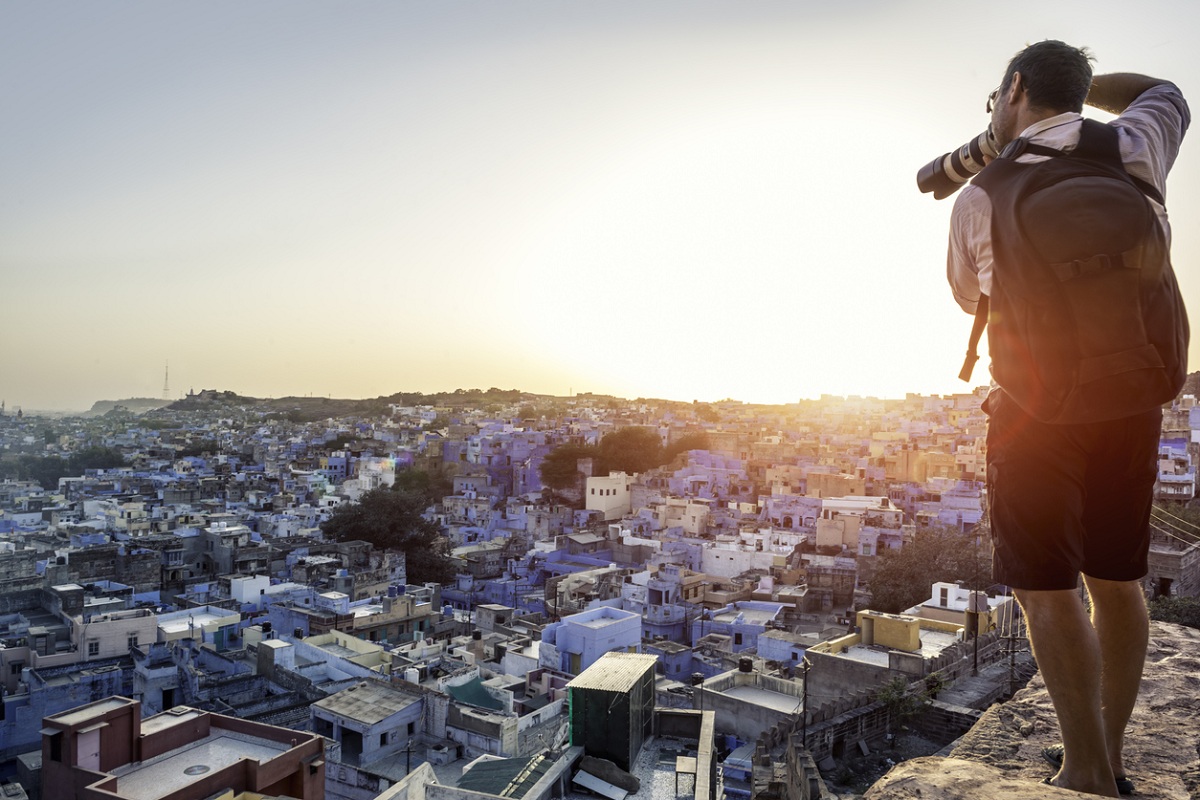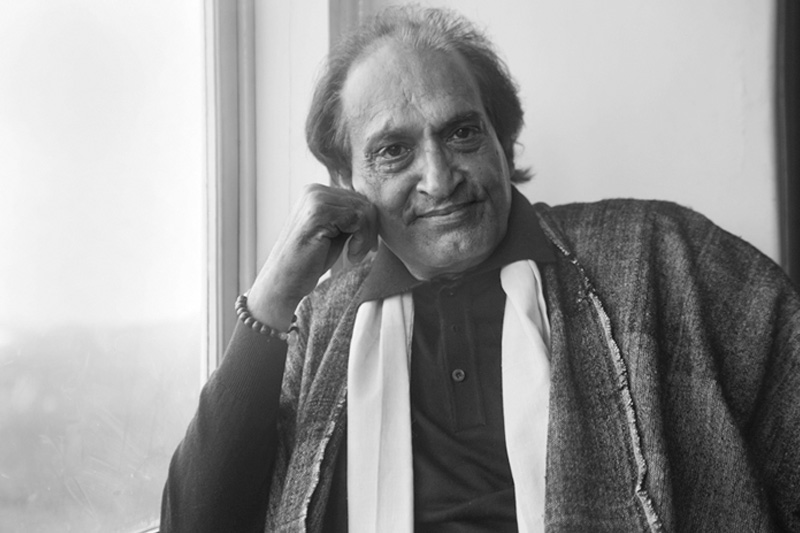Body of Danish Siddiqui was mutilated in Taliban custody
Danish's face was unrecognisable, said one local official, who added that he could not determine exactly what had been done to the body.
On ‘world photography day ‘ let’s pay tribute to all those iconic and daring photographers who have tried to change the world through their lenses and frames and made a mark in the history of the world.

(Representational Image: iStock)
World Photography Day 2022: ‘A picture tells a thousand stories and that is what is the pursuit of every photographer while setting the frame to tell the story behind that frame. The pursuit is to aim for getting that perfect frame that doesn’t remain just a photograph but becomes a complete story, depicts not just the person but also the agonies and the pain.
The photograph is also about the life behind the smile or the tears. Such pictures have changed the world and will keep changing the world-and always for the better. On ‘world photography day ‘ let’s pay tribute to all those iconic and daring photographers who have tried to change the world through their lenses and frames and made a mark in the history of the world.
Advertisement

Advertisement
Homai Vyarawalla, commonly known by her pseudonym Dalda 13, was India’s first woman photojournalist. Born on 9 December 1913, Homai began her career in 1938 working for the Bombay Chronicle, capturing images of daily life in the city.
Vyarawalla also worked for the British Information Services from the 1940s until 1970 when she retired. In 2011, she was awarded Padma Vibhushan, the second highest civilian award of the Republic of India.

She was also amongst the first women in India to join a mainstream publication when she joined The Illustrated Weekly of India. A pioneer in her field, Vyarawalla died at the age of 98. Google doodle honored India’s “First Lady of the lens” in 2017 with a tapestry of Indian life and history drawn by guest doodler Sameer Kulavoor.
Kulwant Roy was born in 1914 in Bagli Kalan, Ludhiana, and educated in Lahore. Without any formal training in photography, Roy then joined Gopal Chitter Kuteer’s studio in Lahore. He joined the Royal Indian Air Force in Kohat near Quetta in 1941. However, he found it difficult to tolerate the discriminatory policies of the British government, which resulted in his ouster from the air force.
By then his experience of taking several aerial photographs from the cockpit of the planes that he used to fly had laid a firm foundation for the shape of things to come. Roy became passionate about photography. As a freelancer in Lahore, he documented several significant political events in Pakistan. Re-locating to Delhi in 1943, Roy started his own agency, the Associated Press Agency in Delhi. It was during these years that Roy captured untiring images of well-known historical events some of which were exhibited many times.
Kulwant Roy also worked in pre and post-Independent India chronicling the Independence movement from close quarters. In the 1930s, he began to document the activities of the Congress, and his pictures thus feature several leaders of the time.

Raghunath Rai Chowdhry, known as Raghu Rai, is the photographer who has tried to shape India through his pictures. his iconic picture of the Bhopal gas tragedy brought to light the plight of human suffering and the after effect. He is an Indian photojournalist who was born in 1942. Rai was a protégé of Henri Cartier-Bresson, who hired him to Magnum Photos in 1977 as a young photojournalist. He left the newspaper in 1976 to work as a freelance photographer. The Indian government honored him with the Padmashree award for his photography work.

Adnan Abidi is a Delhi-based photographer. He has been part of three Pulitzer Prize-winning packages for photography as part of Reuters‘ photography team.
He started his career as a darkroom assistant in 1997. Then he worked at Pan-Asia News Agency, Indo Photo News, and Press Trust of India, and eventually settled with working for Reuters as a stringer and was later given a staff position.
He has captured several challenging situations over the course of his career, including the 1999 Kandahar hijack of Indian Airlines flight IC814, the 2004 Indian Ocean earthquake, and tsunami, the 2005 Kashmir earthquake, the 2011–2012 Maldives political crisis, and the 2013 Cyclone Phailin in Orissa, 2015 Nepal earthquake and the 2016 Dhaka attack.

The last thing Danish Siddiqui, did was to click the best picture of his life before breathing his last after having come in the line of fire during Afghanistan’s take over by the Taliban in the year 2021.
His picture of Rohingya, Muslim migrants and the migrants during the sudden lockdown during Covid 19 will forever remain as the true documentation of the atrocities on human lives.
Born in 1983, Siddiqui joined Reuters in 2010 as an intern in Delhi, where he grew up. He soon moved to Mumbai, India’s financial capital, where he spent almost a decade, covering stories in India and around the world. He had also covered conflicts. He was trained in how to report in dangerous environments, and his assignments included two embeds with soldiers in Afghanistan and Iraq.
Siddiqui was honoured with a sheaf of awards, including the team Pulitzer for covering the Rohingya refugee crisis. In 2019, he returned to Delhi from Mumbai as chief photographer for India, running a group of around a dozen photojournalists. Siddiqui was popular in the newsroom, a mentor to many less experienced photographers.

He received his first 2018 Pulitzer Prize for Feature Photography, as part of the Reuters team, for documenting the Rohingya refugee crisis. In 2021, he was killed while covering a clash between Afghan security forces and Taliban forces near a border crossing with Pakistan. His second Pulitzer was awarded posthumously in 2022 for documenting the COVID-19 pandemic.
Advertisement